#ostalgie
Text
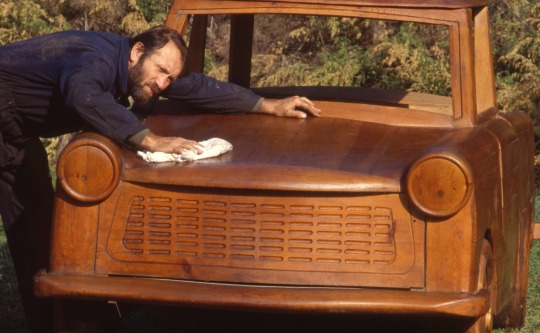

Trabant carved by master carpenter Günter Schumann, 1990. From the Budapest municipal photography company archive.
271 notes
·
View notes
Text
couldn't resist the opportunity to make propaganda for Signalis and IFA Wartburg at the same time lol
animation source & song source
#signalis#ifa wartburg#ostalgie#most credit goes to @apnoiac for making the dance loop. i just synced it to music and slapped some parody graphics on it
168 notes
·
View notes
Text

“Looking from East to West in the 90s, like Alice through the looking-glass, one could feel as confounded as the residents of Animal Farm. The Russian premier Boris Yeltsin spent the 90s spearheading "shock therapy" for the former Soviet Union. This process of economic liberalization, privatization and asset-stripping led to the concentration of wealth and power in the hands of an oligarchic elite, leaving the rest of the country to impoverishment, psychological shock, endemic organized crime and corruption. To the benefit of its leaders and the detriment of its people, the East became a mirror-image of the West's worst excesses. The Manics' critique of Western capitalism and its turbocharged adoption by the East, allied to their lack of faith in the practical application of communist ideology — though not the ideology itself — makes "Revol" an extension of the axiom of post-communist cynicism which states that Soviet leaders "were lying when they told us about communism, but were telling us the truth about capitalism."
The Manics' use of Soviet imagery in a post-Soviet world was not new, but The Holy Bible, with its lyrical preoccupations the band's adoption of military uniforms and the semi-logo of a Soviet war medal, saw it become something more definitive. How much of this was aesthetic opportunism, and how much politically earnest? Like the Manics, I grew up in impeccably Old Labour territory and, way before discussions on how to be a fan of problematic things, remember being starry-eyed about the Soviet Union. Any yearning for the USSR, though, had less to do with the reality of its final days and more to do with its symbolic opposition to a Conservative regime which was then laying siege to the industry, economy and community of my part of the country. I looked East in the way one might look to the stars in the hope of arbitrary rescue by occupants of interplanetary craft, with expectations about as realistic.
What had been a source of fear and fascination in the 1980s was, in the postmodern vacuum of the 90s, safely powerless and therefore kitsch. Fascination with the communist past — dubbed Ostalgie — tended to be denied any political dimension, allowed to manifest only in ironic or mocking forms, and very rarely linked with contemporary anti-capitalist critique (Pyzik, Poor). The Holy Bible's suffusion in Soviet chic, though, had more to it than ironic recuperation. Nicky Wire, when asked, "What do you think makes sense?", responded: "Certain kinds of socialism, where everyone is given a chance. A true egalitarian society where everyone is offered an education." As basic and uncontroversial as this is — and note the cautious "certain kinds" of socialism, pre-empting the conflation of socialism with Stalinism — it highlights the band's commitment to keeping the idea alive in politics and culture. The later Manics' Labourism appears almost uninterestingly mellow in comparison to The Holy Bible's morbid fascination with the extremes of Soviet communism, but neither approach denies the contemporary relevance of political history, or presents it merely as kitsch.” - Rhian E. Jones, ‘Unwritten Diaries: History, Politics and Experience through The Holy Bible’ [p. 76 - 78]

“Ballard, Saville, The Holy Bible all use shock tactics, aesthetics of gorgeous abjection to assault the viewer. Ballard does it with crashed bodies and psychologies smashed to shards; Saville with bloated bodies out of control, tragic flesh of saints, sanctified for their suffering with no meaning, of no purpose beyond the physical carrying-through of their existence. The Holy Bible does it with its ruptured squabbles, soul sores leaking pus of humanity's capitulation to the dark side, rotten missives, accusations, breakdowns and weaknesses, as if it can't stop shaking anymore.
All three want to make their mark on you, perceive their own mission as one of violence upon the spectator: a moral mission because amidst all the white noise and static of the information-entertainment world, the jeering is too loud, and the crying is all but drowned out. In the service of truth, the artist must lacerate, and the profound abjection of the body, the scarification of the self, the breaking of the taboo of the illusion of sanctity of the body as self-contained whole, is a perfectly acceptable way for encroaching on the complacency that allows us to live complicit lives. Aesthetic butchery is thus a moral enterprise. Obscenity, critically modulated, pulls you out of your comfort zone and makes you confront yourself, or at least the parts you hide daily in order to live in polite society and in good conscience with yourself.” - Daniel Lukes, ‘Fragments Against Ruin: The Books of Manic Street Preachers' The Holy Bible’ [p. 226, 227]

“The present absence of Richey endured even through the years immediately following his disappearance, when the band was most vociferously separating from their past. Speaking in 1996, Nicky stated, "We'll never fill that gap. We'll never get anoth er guitarist. James will never go over to that side of the stage" (qtd in Maconie, "We Shall Overcome" 88); the space of stage right became a sacred site of remembrance for the band, but also a heightened, present absence for fans. In the documentary for the tenth anniversary edition of The Holy Bible, James describes his discomfort whilst playing Reading Festival in 1994 as a three-piece (at this time, Richey was hospitalized), which included the fact that some of the fans "were staring at the space of the stage where Richey should be, refusing to look at me." This desire to look at the empty space usually occupied by an object perceived as valuable is arguably an expression of the connection between emptiness as an index of a sign that holds symbolic meaning; the absence ironically brings more meaning to the surface than was originally recognized in the object itself. In his discussion of the spectators who flocked to see the empty space in the Louvre from which the Mona Lisa had been stolen in 1911, Darian Leader posits that this incident makes manifest the split between art and the space it usually occupies, thereby prompting an interrogation of the usually unseen or hidden meaning in the artwork that typically isn't in question. In becoming a signifier of totemic mythologies of tortured genius and martyred rock stars, Richey's absence became an index for that signifier, whereby spectators intuit meaning even by staring into the void of the lost signifier. These mythologies then perpetuate a kind of lovely knowledge because they fit into an already established perspective and narrative of popular culture. Within the last twenty years, the proliferation of music magazine covers featuring Richey have played into this lovely knowledge, rather than confront the difficult knowledge his disappearance evokes.” - Larissa Wodtke, ‘Architecture of Memory: The Holy Bible and the Archive’ [p. 302, 303]
All passages from Triptych: An Examination of the Manic Street Preachers’ Holy Bible (2017)
#manic street preachers#holy bible#revol#communism#socialism#soviet#soviet union#soviet kitsch#ostalgie#chic#stalinism#nicky wire#richey james edwards#richey edwards#richey james#james dean bradfield#sean moore#triptych#rhian jones#wales#pyzik#agata pyzik#poor#poor but sexy#daniel lukes#larissa wodtke#ballard#jg ballard#crash
58 notes
·
View notes
Text
Ivan Yefremov - Andromeda (East Germany, 1967)
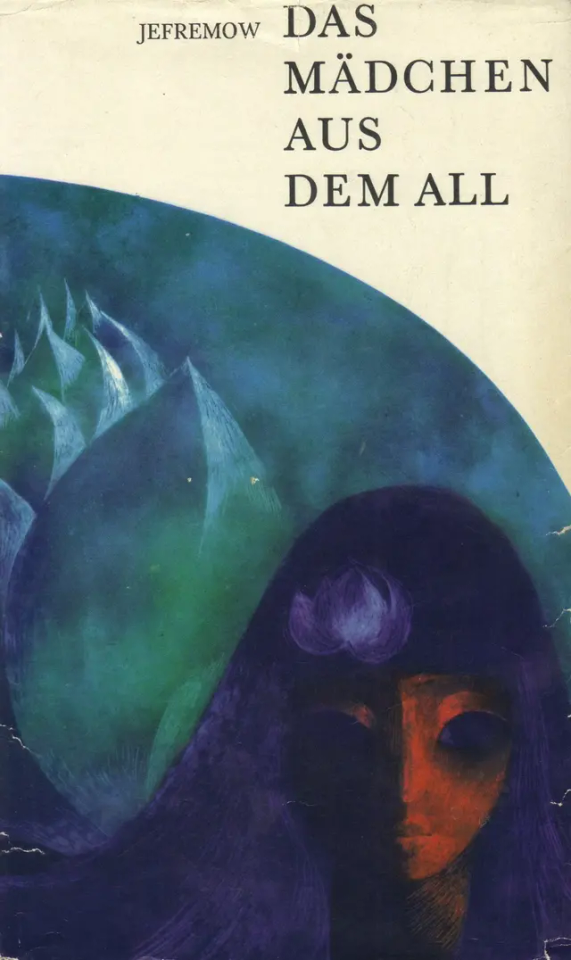
4 notes
·
View notes
Text

Customers are greeted by soviet McDonald's employees, USSR, 1990 (photo by Yuryi Abramochkin)
#in soviet russia#mcdonalds orders side of fries with you#mcdonalds#1990s#meanwhile in russia#ostalgie
2 notes
·
View notes
Photo
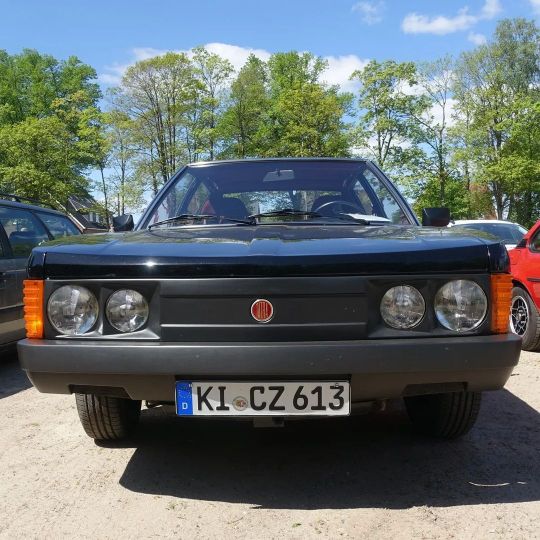
Tatra 613 with aircooled 3.5L V8 rear-engine. 11,009 units were built in 4 series 1974-1996. #Tatra613 #T613 #tatra #czechcar #ostfahrzeuge #ostalgie #rearengine #heckmotor #rarecar #aircooledv8 #luftgekühlt #carspotting #carspotter #classiccarspotting #classiccar #vintagecar #vintageauto #oldtimer #teilixtatra #CarPhotography #classiccaroftheday #classiccarsdaily #automotivephotography #carsofinstagram #carworld #warsawpactwednesday #badsegeberg (hier: Bad Segeberg) https://www.instagram.com/p/CoZ8Cmhoh1M/?igshid=NGJjMDIxMWI=
#tatra613#t613#tatra#czechcar#ostfahrzeuge#ostalgie#rearengine#heckmotor#rarecar#aircooledv8#luftgekühlt#carspotting#carspotter#classiccarspotting#classiccar#vintagecar#vintageauto#oldtimer#teilixtatra#carphotography#classiccaroftheday#classiccarsdaily#automotivephotography#carsofinstagram#carworld#warsawpactwednesday#badsegeberg
9 notes
·
View notes
Photo
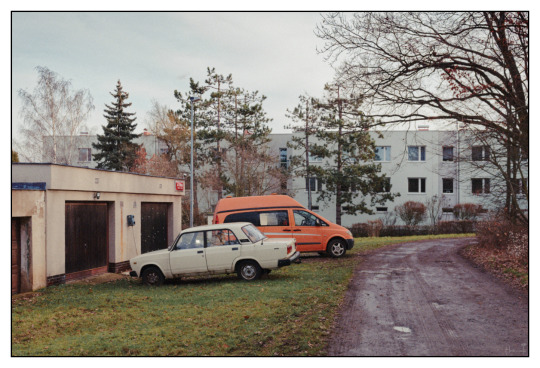
something very different: while walking the dogs today, I felt for a moment as if I had fallen back to the eighties...
#photographers on tumblr#original photographers#veteran car#zhiguli#ostalgie#vaz-2107#lada riva#жигули#prague#praha#80s nostalgia#smell of the eighties
9 notes
·
View notes
Photo


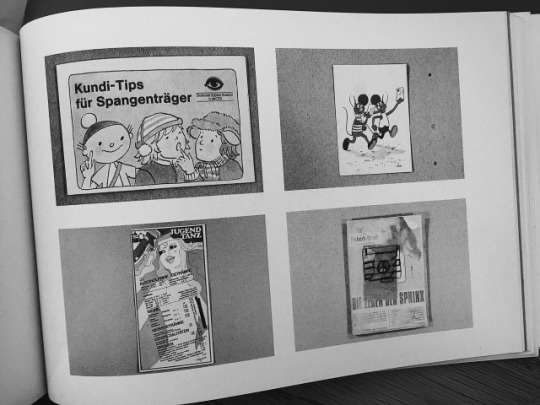

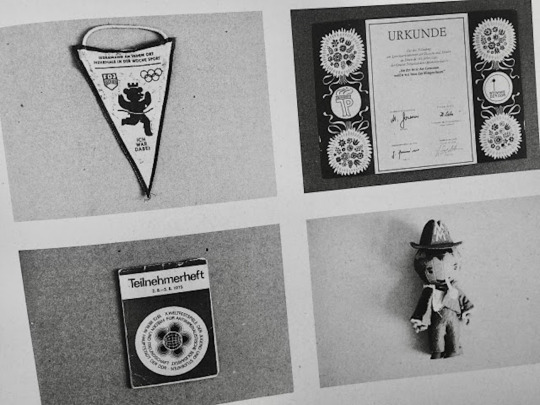
2017
#deutsche demokratische republik#ddr#гдр#германская народная республика#русский тамблер#canon photography#canon#original photographers#photographers on tumblr#socialism#history#east germany#ostalgie#aesthetics#photo blog#эстетика#art#my pics#canon eos 1100d#2017
17 notes
·
View notes
Text
Nothing more heartbreaking than reading the Ostalgie article :(
1 note
·
View note
Text

#панельки#романтика#эстетикароссии#мск#москвамосква#питер#троллейбус#красота#Ostblock#ostalgie#plattenbauromantik#plattenbau#exsoviet#post soviet
8 notes
·
View notes
Text
The Polish Economic Miracle
'With some of the most prominent Polish economists he created a reform plan called the “Balcerowicz Plan”. The plan was later on called “Shock Therapy” due to the scope and pace of the changes. Almost overnight the heavily regulated communist economy became a capitalist free-market economy.' - Jakub Kowalczyk
0 notes
Text

Palasthotel, Karl-Liebknecht-Strasse, East Berlin, 1980. From the Budapest Municipal Photography Company archive.
13 notes
·
View notes
Text

Berlin. Double exposure in the snow. (2024)
Camera: Beltica 24 x 36 mm
Film: Kodak Gold 200
Lens: Carl Zeiss Jena. 1:2,8 f=50mm
A test run on a compact, foldable lens camera from the German Democratic Republic
#ostalgie#kreuzberg#ubahn#snow#street photography#double exposure#beltica#retro photography#retro aesthetic#kodak gold 200#carl zeiss#berlin
1 note
·
View note
Text
i am honestly so in chock at how my post about boris volynov's birthday had and is still getting so many notes 😭 !! why me ? why just today, a few days after it was posted ? but it's what he deserve 🥺🥰🥹 !! a lot of thank yous to everyone who shared it, i spent a while searching for good pictures and i hope he knows he is loved (at least by me haha) and known even outside of ex-ussr countries !!
#boris volynov#sophia talks#personal#cosmonaut#jews in space#ussr#ostalgie#urss#soviet union#space exploration#space explorers#yuri gagarin#there are currently as i write this 137 and 136 were today like i had only one since it was posted before.#that might mean that i made 101 persons know about boris volynov. 💙💙💙💙
1 note
·
View note
Link
0 notes